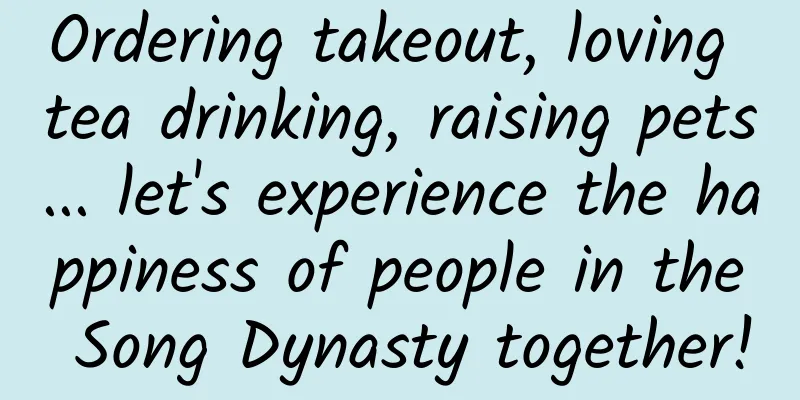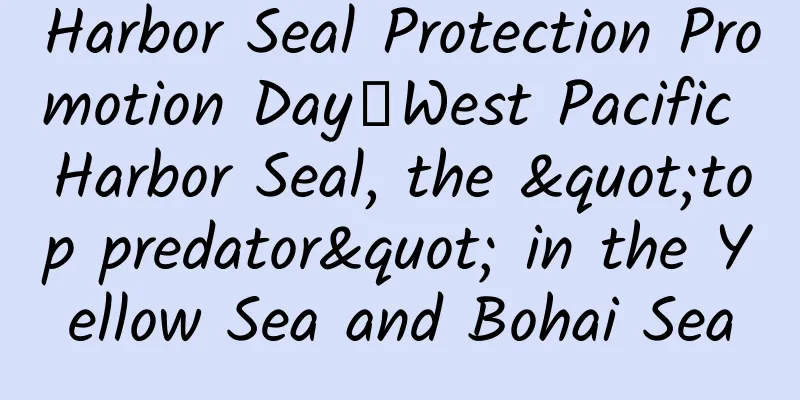After breaking up with her boyfriend, a woman was so sad that her heart was "broken"! No kidding, serious cases may cause sudden death...

|
Expert in this article: Yang Chao, MD, attending physician at the Rocket Force Special Medical Center Reviewer of this article: Chen Haixu, Deputy Director and Master Supervisor of the Second Medical Center of PLA General Hospital "It's so sad, my heart is broken..." Many people often say this when they encounter sad things, often because they feel sad and depressed because of something. But have you ever thought that when you are sad to a certain extent, you may really be "heartbroken". Recently, a woman was very sad after breaking up with her boyfriend. Unexpectedly, she developed chest pain, shortness of breath and other symptoms. After seeing a doctor, the doctor said that the woman's condition was called "broken heart syndrome." Weibo screenshot What is Broken Heart Syndrome? Is the heart really broken? Read on. What is Broken Heart Syndrome? In real life, emotions not only affect people's thinking, but also affect our heart structure. When exposed to great stress such as car accidents, shock, excessive sadness, fear and physical illness, the left ventricle will experience transient segmental myocardial contraction disorders, which we call "broken heart syndrome", also known as stress cardiomyopathy, apical balloon syndrome, Takotsubo syndrome, and octopus pot cardiomyopathy. It was first proposed by Japanese scholar Sato in 1990. Broken heart syndrome is an acute syndrome characterized by transient localized left ventricular systolic dysfunction caused by physical or psychological stress. 17.4 people out of every 100,000 suffer from broken heart syndrome, which is more common in postmenopausal women. The average incidence rate in women is 7.5 times that in men. What are the symptoms of Broken Heart Syndrome? The hearts of patients with broken heart syndrome usually do not have obvious organic lesions such as vascular obstruction, so their hearts are not really "broken", but their signs and symptoms are often similar to those of a heart attack. Doctors generally make a diagnosis through personal medical history and physical examination, electrocardiogram (ECG), echocardiogram, blood myocardial enzyme testing, cardiac magnetic resonance imaging (MRI), coronary angiography and other examinations. Copyright image, no permission to reprint The initial symptoms of broken heart syndrome are similar to those of acute coronary syndrome, generally manifested as severe pain behind the sternum, pressure in the chest area, palpitations, syncope, etc. The symptoms will disappear in most patients within a few weeks. Severe patients may experience pulmonary edema, arrhythmia, or even cardiogenic shock, such as hypotension, cold limbs, dyspnea, and electrocardiogram ST segment changes, but there is no angiographic evidence of obstructive coronary artery disease, and coronary stent placement or surgical bypass surgery is not required. A small number of patients may experience cardiac arrest, respiratory arrest, and sudden death. A study in the Journal of the American Heart Association showed that "broken heart syndrome" not only damages the heart, but may also cause cancer. What factors may trigger broken heart syndrome? ● Emotional stressors: death or injury of relatives or friends, violent quarrels, property loss, legal proceedings, car accidents, etc. ● Physical stressors: severe illness, surgery, severe pain, recovery from general anesthesia, hyperthyroidism, cocaine abuse, etc. Copyright image, no permission to reprint How is Broken Heart Syndrome Treated? There is currently no unified standard treatment for stress cardiomyopathy. The symptoms of broken heart syndrome are similar to those of acute coronary syndrome. Before a clear diagnosis is made, it can be treated according to the treatment of acute coronary syndrome. After the diagnosis is confirmed, the inducing factors should be removed and stress factors should be avoided. The underlying disease should be actively treated and symptomatic supportive treatment should be given. Most patients have a good prognosis and recover within a few days to a few weeks. A few can last for more than 3 months. The in-hospital mortality rate is less than 8%. When we encounter sad things Learn to self-coach Or seek help from others Beware of Broken Heart Syndrome If you experience any discomfort Seek medical attention promptly The cover of this article and the pictures with watermarks in the text are from the copyright library and are not authorized for reproduction |
<<: "Lu Xun withdraws from Chinese textbooks"?
>>: The Earth's "two-faced" inner core rotates faster than the surface
Recommend
Li Xiaolai: See you seven years later-2022
Li Xiaolai: See You Seven Years Later-2022Resourc...
Online shopping also needs to be "expressed eight hundred miles away", travel back in time! Talk about the express delivery in ancient times~
In today's Internet age Everyone enjoys the c...
How to send messages in WeChat Enterprise Account Development
Companies can proactively send messages to employ...
Dragon Head Cousin Dragon Head Tactics Teaching
Introduction to the teaching resources of Dragon ...
WM Motor EX5 caught fire in Wenzhou: The whole vehicle burned but no one was injured
[NetEase Intelligence News, September 23] Today, ...
How much does it cost to develop a Hefei fabric mini program?
How much is the quotation for Hefei fabric develo...
Cambridge's cool new invention: Roll up a piece of cloth and it becomes a display screen!
Written by: Wu Tingting Editor: Kou Jianchao One ...
9 content marketing tips to help you create killer copywriting!
This article is 2500 words long and is recommende...
Subverting cognition: It only takes 1 to 3 seconds! How can humans "smell" things so quickly?
Author: Xu Yahui Duan Yuechu Human olfactory perc...
Can eating less make you live longer? The latest large-scale mouse experiment tells us: It's not that simple
Produced by: Science Popularization China Author:...
Event Operation|Pinduoduo’s red envelope customer acquisition strategy!
Previously, we analyzed Pinduoduo ’s user portrai...
Apple's 3D recognition is two years ahead of Qualcomm, but Android manufacturers are not interested in mobile phone 3D
This fall, Apple will release a new 10th-generati...
Brand promotion, how to formulate a brand portfolio strategy?
What is brand portfolio strategy? It is to system...
Why are mobile phone batteries getting bigger and bigger, but their battery life is getting shorter?
Today's mobile phones are good in every way, ...









